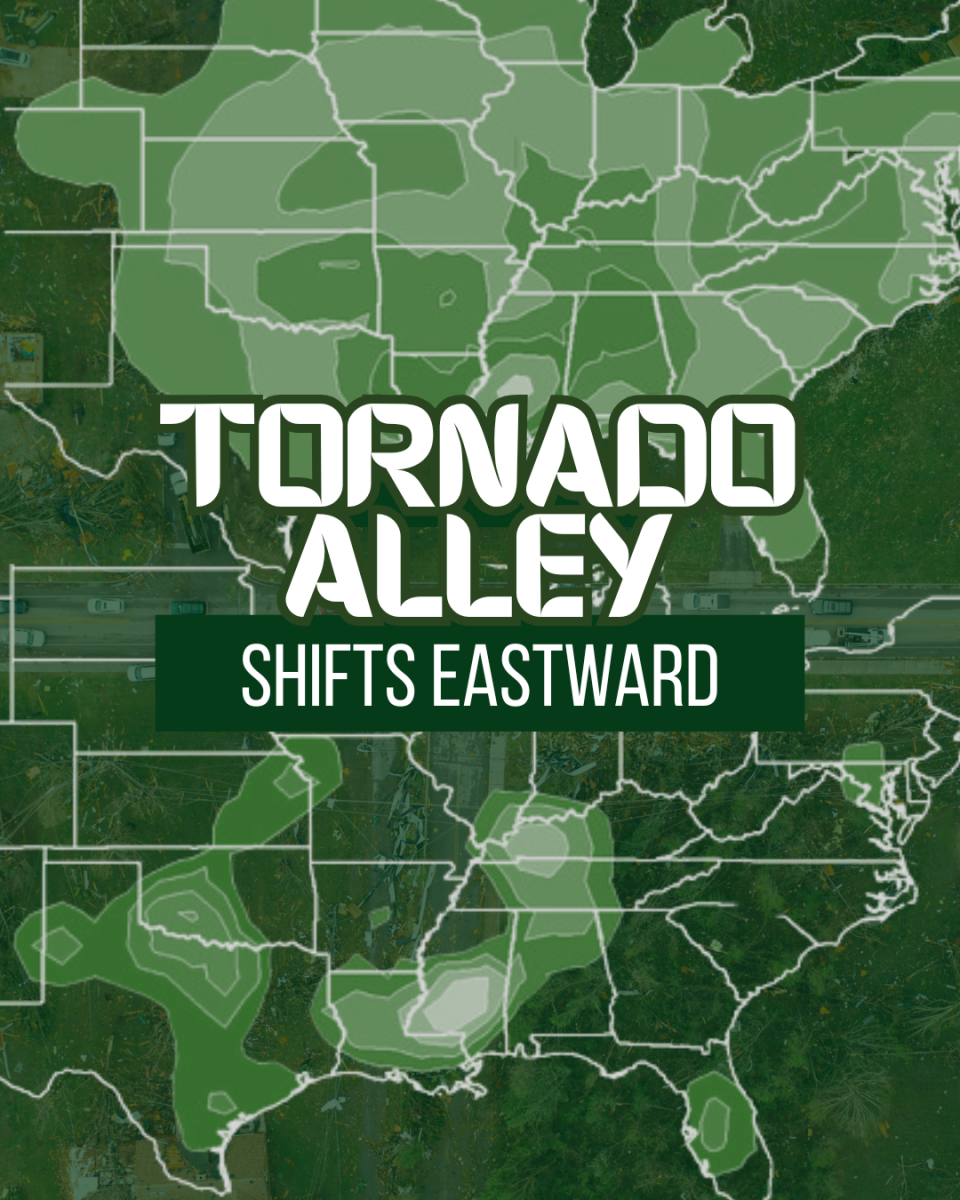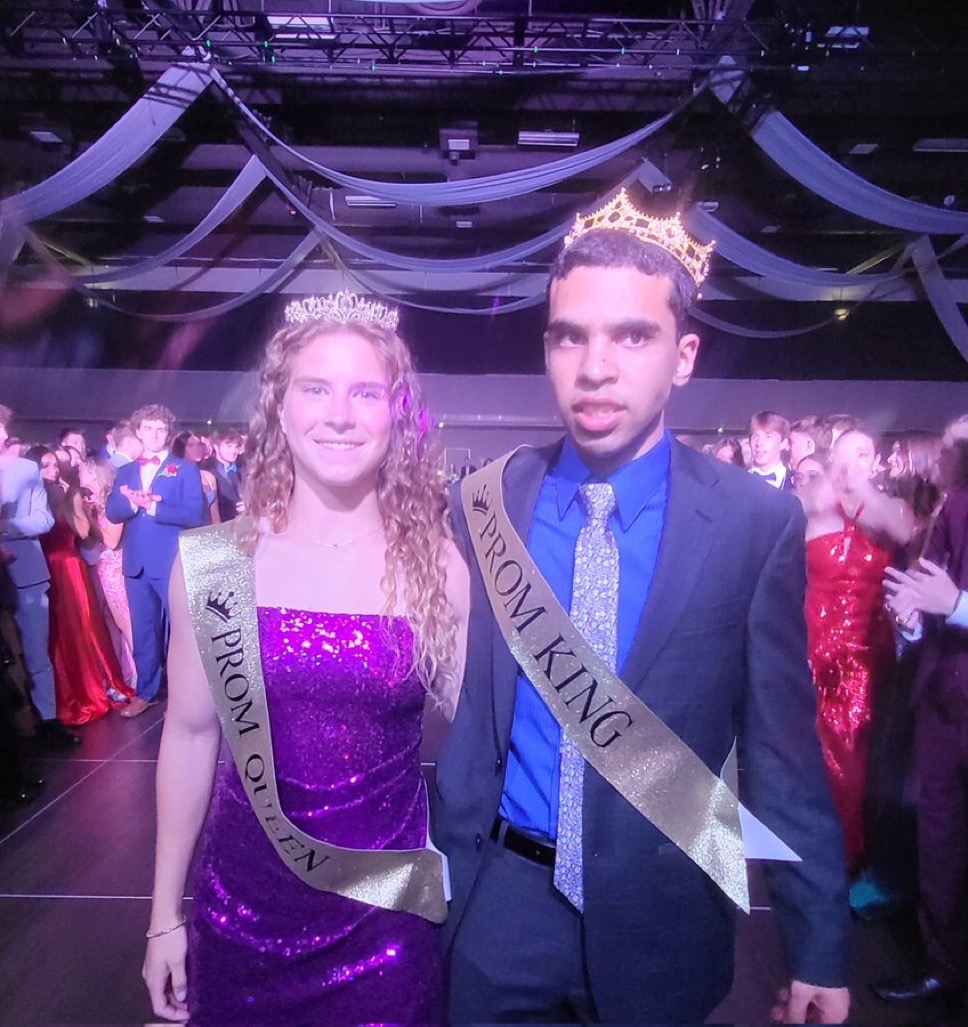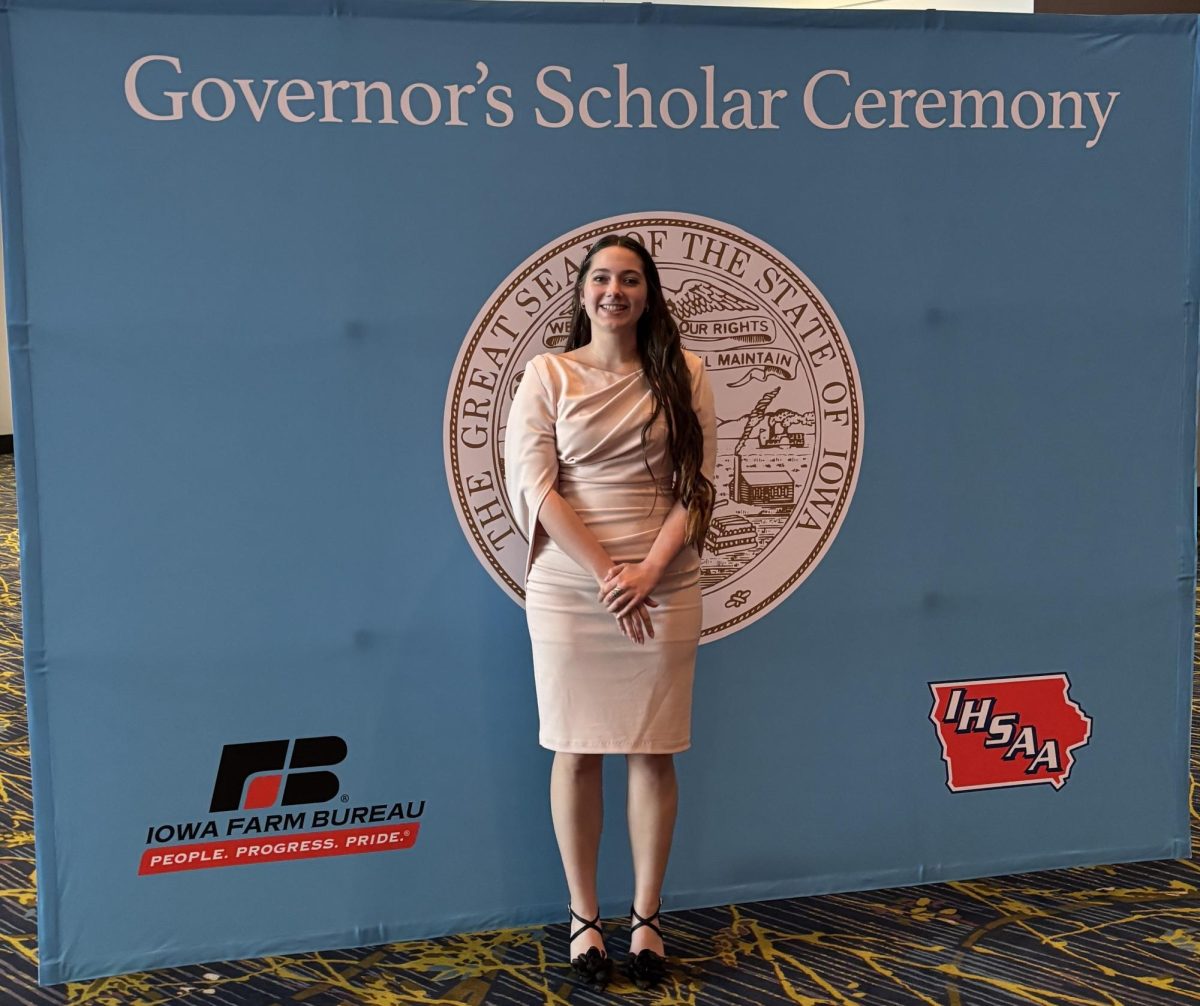In the United States, tornadoes have historically called “Tornado Alley” home, but as storm season approaches in the great plains, Americans are left wondering if their homes will be the next unexpected victims of the eastward shift of Tornado Alley.
Tornadoes form from the meeting of cold dry air from the northwest, with warm wet air from the southeast. The centrally located Tornado Alley, and the southern patch, Dixie Alley, are the two areas directly inside the intersection-zone between air of both ideal climates.
Tornado alley, described by severe weather tracking from 1982 to 2011 by the National Weather Service Storm Prediction Center (NWS), runs north from Texas through Oklahoma, Kansas, Nebraska, Iowa and South Dakota, and often includes portions of neighboring states.
Dixie Alley shown by NWS 2025 tornado watch data, consists of the lower Mississippi Valley, including from eastern Texas, through Arkansas, across Louisiana, Mississippi, Tennessee, Alabama and Georgia and can include upstate South Carolina as well as western Kentucky and North Carolina.
Since 1951, reported tornado activity has shifted eastward, away from the Great Plains, and towards the Midwest and Southeast. Scientists and storm enthusiasts have wondered if this shift is due to global warming effects. While that can not be directly linked, it is fact that storm behavior is exacerbated by insatiable weather conditions, and “warming increases instability,” said Zuohao Cao, tornado expert at Environment and Climate Change Canada.
Freshman and aspiring meteorologist Andrew Hartsock explained the process. “As air moves and storm systems form in these areas, a rotating storm known as a ‘supercell’ may form,” he said.
Hartsock continued to share that inside supercell systems, warm updrafts turn the rotation vertically, forming a mesocyclone. Then the storm will continue to mature and as the mesocyclone spins, it will drop down toward the ground in a funnel cloud, eventually forming an official tornado.
Hartsock enjoys the storm season, as it allows him an adrenaline rush when outdoors. “There have been a number of times when I have outstayed my welcome and had to sprint or scooter from surrounding hills or neighborhoods back to my house,” he said. “If I am not outside, I really feel as if I’m missing out on something. Whenever a storm is predicted, I make sure I have my schedule cleared and homework done so I can experience it for myself.”
While storms are exciting for some in the farm-filled Midwest, where they are less damaging due to the spacing of trees and rural communities, they hit hard and frighten those in the South who are more vulnerable to severe weather. Academic Nature Partner Journal (NPJ) research on tornado frequency concludes that increases in frequency across the Mid-South juxtapose with an already vulnerable population to tornadoes.
Southern populations experience this vulnerability severely. As stated by an NPJ article, increased tornado frequency and presence of vulnerability and only 5 out of 17 metrics supported an improvement of civilian vulnerability.
Measured vulnerability categories include, “poverty (-3.4%), unemployed persons (−0.5%), persons under the age of 18 (−7.6%), persons under the age of five (−1.8%), percentage of persons that are female (−0.7%), and the percentage of persons who did not graduate high school (−37.7%) … persons needing public assistance (+2.6%), renters (+3.0%), persons 65 years of age and older (+4.4%), minority populations (+8.6%), Hispanic populations (+3.8%), and female head of households (+7.4%).”
The results concluded that “Equally weighing all 17 vulnerability measures into an overall county-level societal vulnerability metric indicates that counties, where tornado risk increased the most over time, are in the 70th percentile and greater for societal vulnerability compared to the US mean (50th percentile),” stated the Journal. This means that the “overall vulnerability in counties where tornado risk has increased over time are 20% more vulnerable on average in 2020 compared to all other US counties.”
The changing climate and increase in disastrous weather events, like tornadoes, is encouraging the American youth to become aware and involved with meteorology.
Hartsock shared his interest in becoming a meteorologist, while he also currently posts about local storms and their behaviors. “A big part of the start of this interest was likely my living in the Midwest for most of my life,” Hartsock continued. “I was born in Kansas which happens to be located right in the center of Tornado Alley, and since then, I’ve heard stories of and experienced many severe storms,”
Hartsock is specially interested in EF5 and EF6 tornadoes, hoping to study the damages of them and use his knowledge to help those that are vulnerable to severe weather. “The power of these storms has always been something that has fascinated me,” he concluded.“Tornadoes are the producers of the largest natural wind speeds ever recorded.”









